Belonging to a subfamily of grass, bamboo is one of the most versatile plants on planet earth. Uses for bamboo plants are practiced by over 2.5 billion people every day. This plant is naturally pesticide resistant and helps to rebuild eroded soil. It is antifungal, antibacterial, and can grow 2 ft in one day. It also absorbs a high amount of carbon dioxide and emits high levels of oxygen.
Needless to say, bamboo is an extremely cool and useful plant – but with so many intriguing powers, what are the top uses for bamboo? How do people actually incorporate it into their lives?
1. Food
Most well-known for being the Panda’s main meal, one of the top uses for bamboo plants is as food. Pandas, in particular, have to consume 25-50 lbs of the plant in one day, just to survive. Even after consuming this much crunch, green stalk, giant pandas are lethargic due to a lack of nutritional value. Other animals that munch on bamboo plants include red pandas of Nepal and bamboo lemurs in Madagascar.

When it comes to the sprouts and the shoots, a handful of species of bamboo are edible for humans as well. Bamboo shoots are known for their health benefits. This includes weight loss, balanced cholesterol, and anti-inflammatory properties. Bamboo shoots also contain high amounts of vitamins and fiber. Traditionally, this food is consumed in the regions of the world it is native to India, China, Japan, Korea, Taiwan, Thailand, Philippines, Indonesia, and Nepal. In Japan, bamboo is known as “The King of the Forest Vegetables.”Humans are able to consume bamboo shoots canned or fresh. If you’re cooking fresh bamboo shoots, be sure to boil them partially or soak them overnight to remove any cyanide. It’s probably best to be wary of any pickled varieties.

2. Construction
Because of its combined strength and light-weight, bamboo is one of the most used building materials, particularly in areas of the world where it is found in abundance. Historically and today, is an important resource to build bridges, houses, scaffolding, falls, floors, roofs and other structures. Part of its popularity is due to the plant’s flexibility – you can bend it, split it or shape it depending on your needs. It is important to treat the plant before using it as a construction material so as to avoid rot and insects.

If you’ve got a building project in mind, bamboo definitely provides some distinct advantages. Its elasticity is especially important in areas at risk of earthquakes. It is fire resistant. And because its fibers run axially, it has a stronger tensile strength than steel.
3. Fuel
When compared to wood, bamboo has some important positive aspects to consider. Because bamboo can grow on slopes and other areas where it would otherwise be impossible to grow trees, it allows communities to better utilize space. This is especially true when looking at the high speed of bamboo growth compared to other plants. Bamboo products have less eco-cost than hardwood and the yield of bamboo for biofuel is very high. Also important, using bamboo as fuel can provide support to local economies in less developed countries.

4. Textiles
It’s true – another one of the top uses for bamboo plants is for textiles. Manufacturers shape the fibers into cloth, yarn, and clothing. It’s a popular material in boutique shops in the fashion world. But not so fast – often a garment is advertised as a “bamboo product” when it is actually rayon. Rayon is reconstituted cellulose fibers. It is a production process that is toxic and releases pollutants into the air. Extracting fibers from bamboo is time-consuming and expensive as well. It’s not the green solution many retailers would like you to believe.
Don’t despair, however. While textiles might not be the answer on a massive, global scale, there are ways to use bamboo products in sustainable ways. Consider using bamboo toothbrushes instead of plastic ones. You can also keep bamboo cutlery in your bag and avoid wasting single-use plastic utensils when on the go. Ultimately, bamboo is a lot more sustainable than products like hardwood and cotton. When purchasing products, do some research to make sure your choices do indeed have a positive impact.
5. Cultural Arts: Writing, Music and Martial Arts
While the arts may not have the same tangible “usefulness” as other areas, the role of literature, music, dance, and martial arts have played an incredibly important role in humanity’s continued evolution and understanding. Not surprisingly, these artistic traditions and explorations involve bamboo. Bamboo slips are one of the earliest examples of writing in China, pre-dating paper. In India, kalams were pens made of the plant. It is often used in the construction of musical instruments including flutes, rattles, drums and the marimba. This useful plant is a weapon in martial arts practices. It has been used to craft bows, staves, arrows, and swords.

Bamboo Plants in a Warming World
Scientists predict that the current bamboo habitat will completely die off in the next 50-100 years due to global warming. These habitats will likely become unsuitable for survival even sooner than that. It’s a really bleak picture as is so often the case with climate change predictions.

While other areas may become suitable for bamboo growth, this will likely be in areas where humans live, not wild animals. Mammals like the giant panda, with little energy to adapt because of their diet, are at a very high risk of becoming extinct despite global conservation efforts to keep their populations healthy.
It’s not an impossible feat to save bamboo ecosystems, however. The Chinese Academy of Sciences and Rutgers University published conservation strategies that could have a positive impact.
When we think about the important uses of bamboo and the ways in which we incorporate this plant into our lives, we must also question our own habits of consumption and production. Where are we buying from? How can we harvest bamboo in sustainable ways? What can I make myself and what can I do without? These questions are crucial if we are to build a sustainable future.
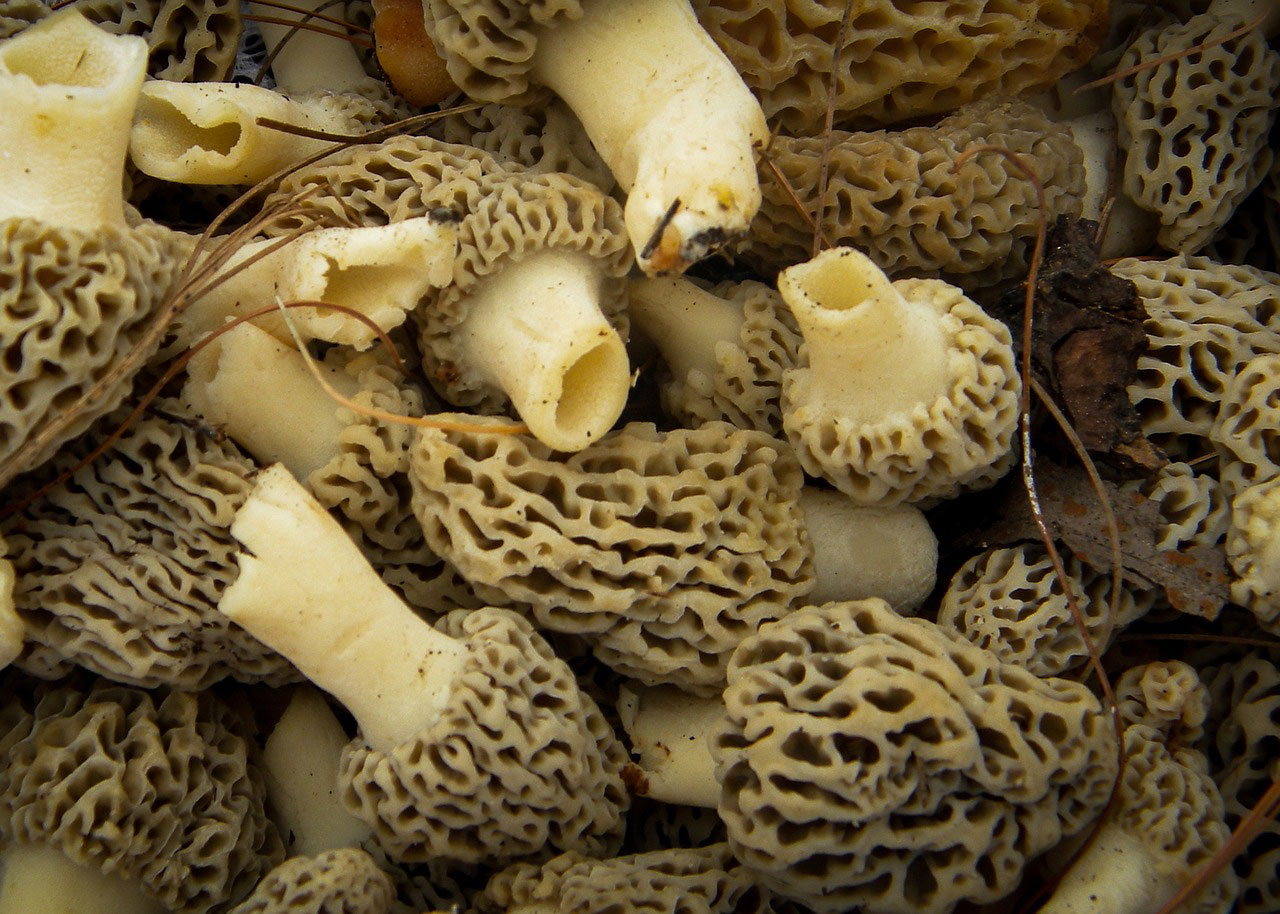
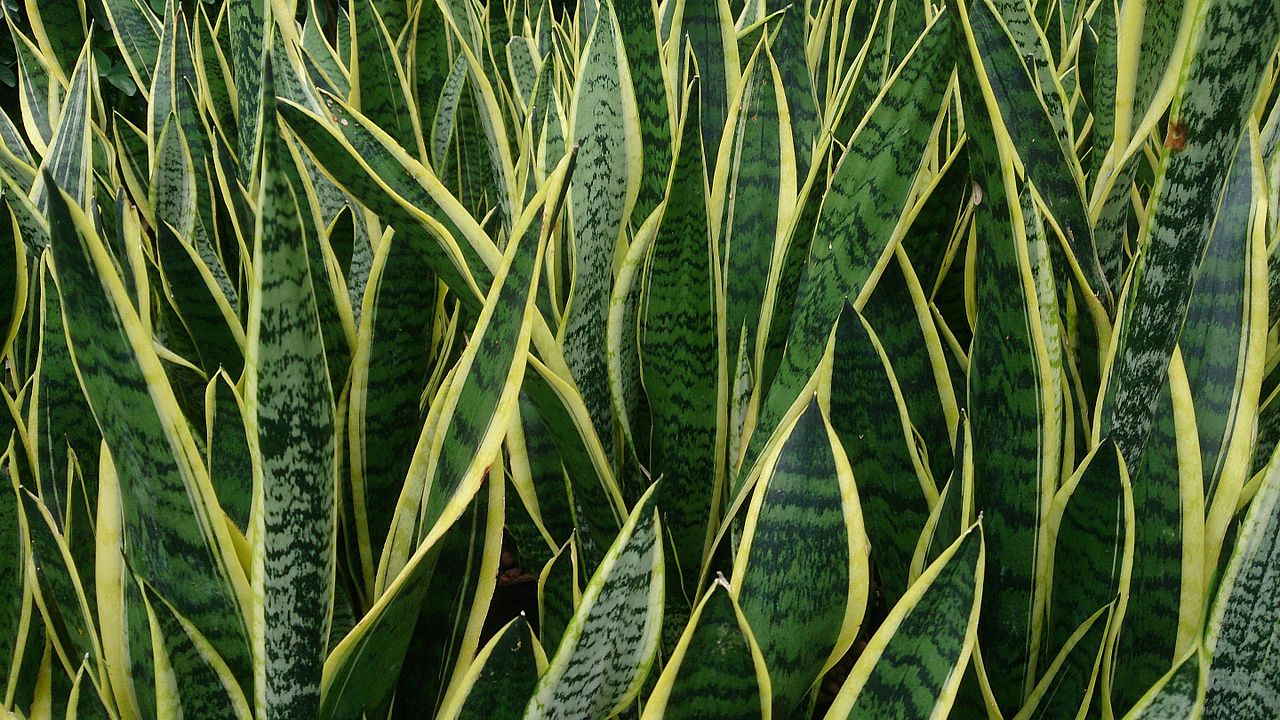
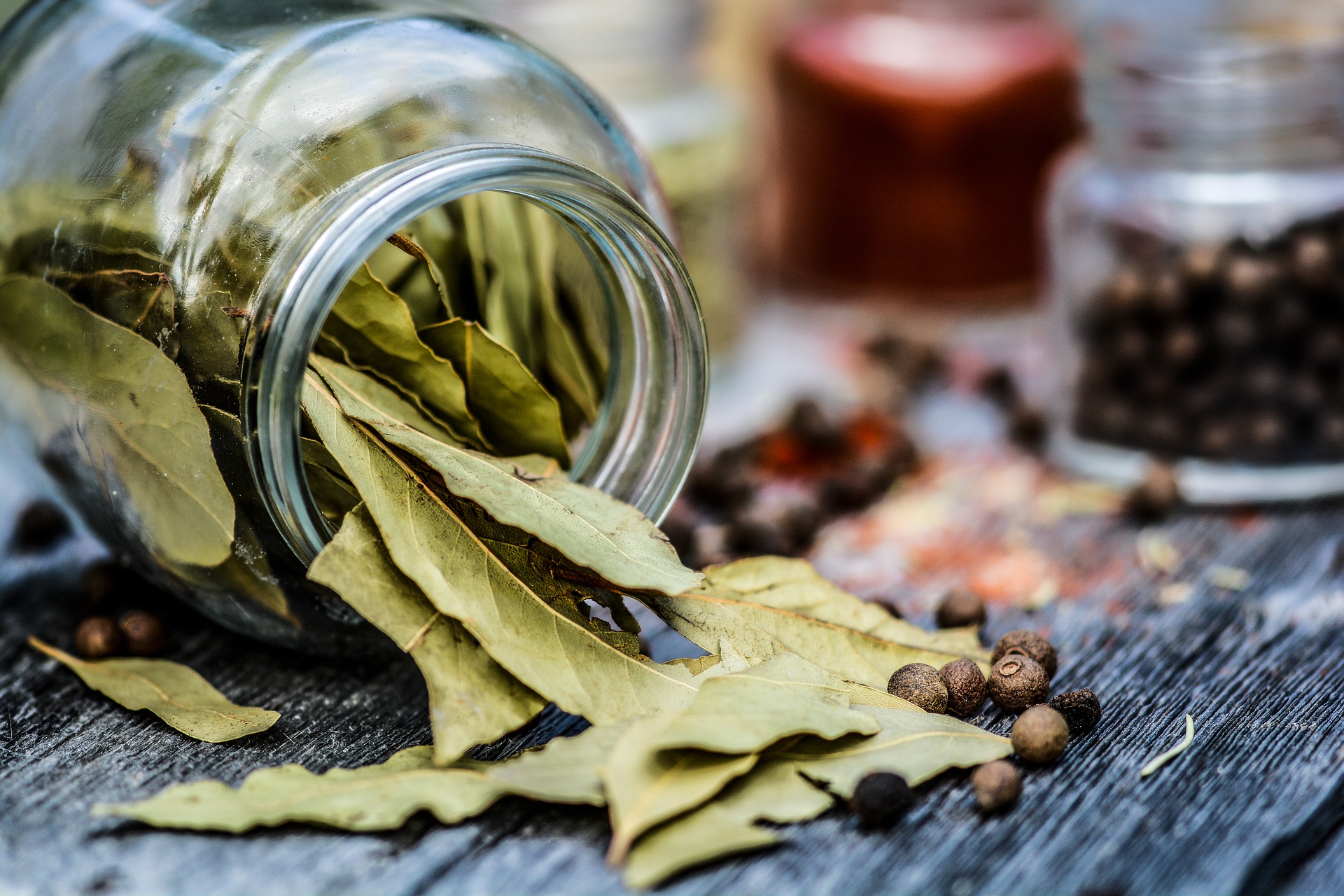
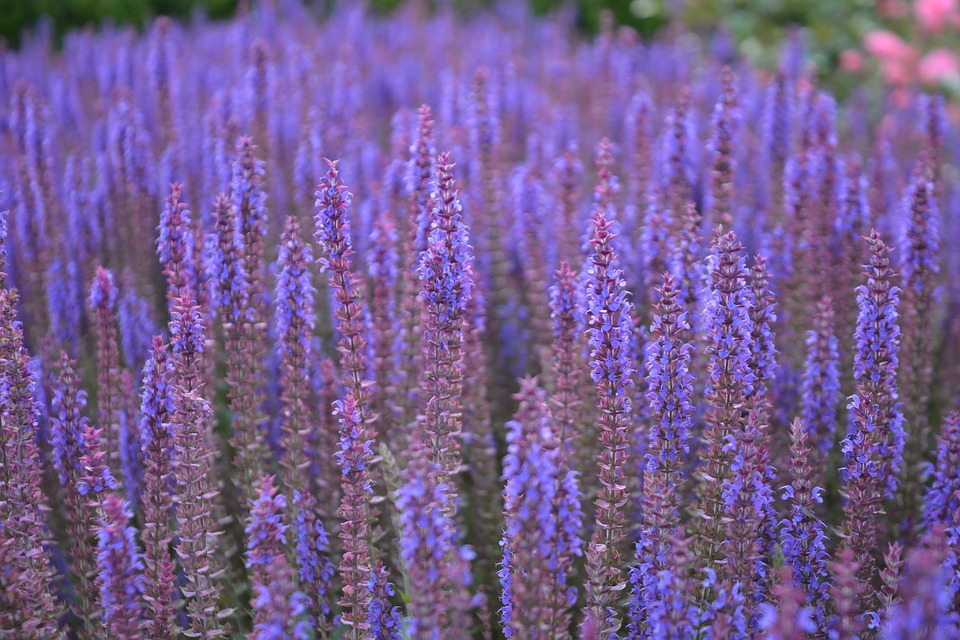
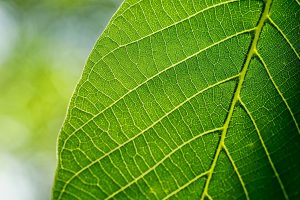

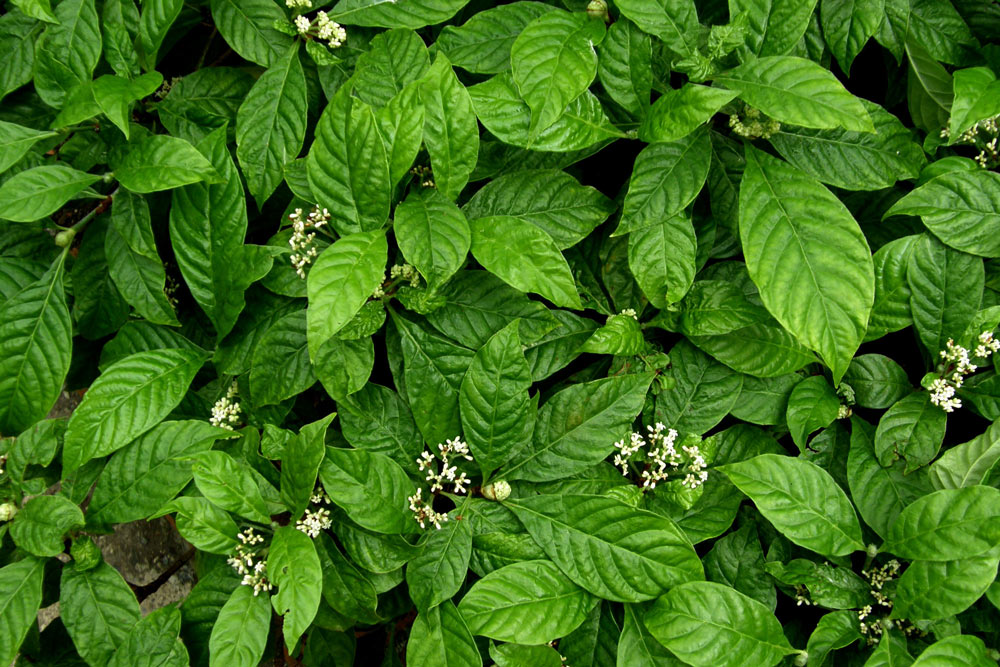
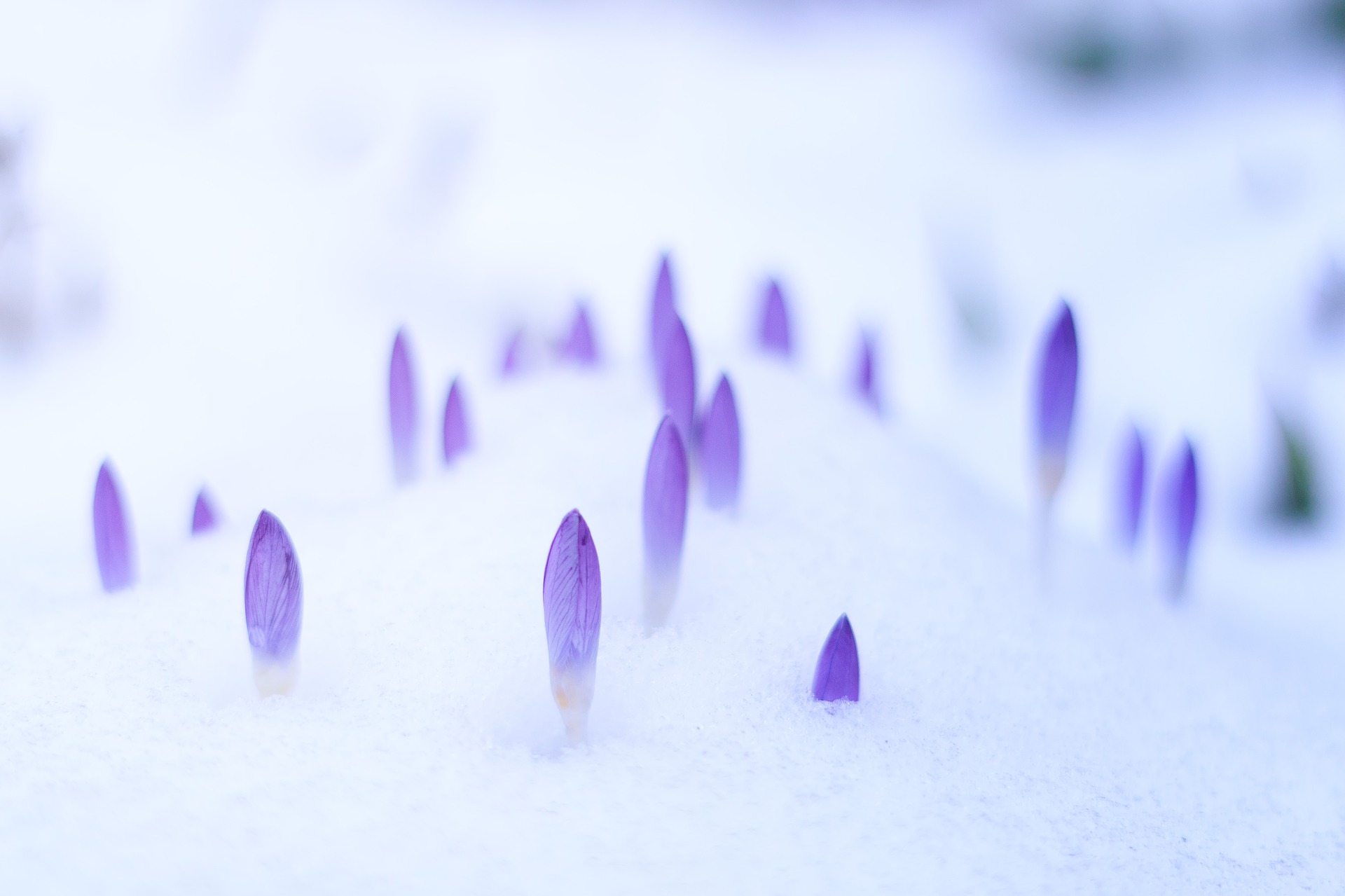
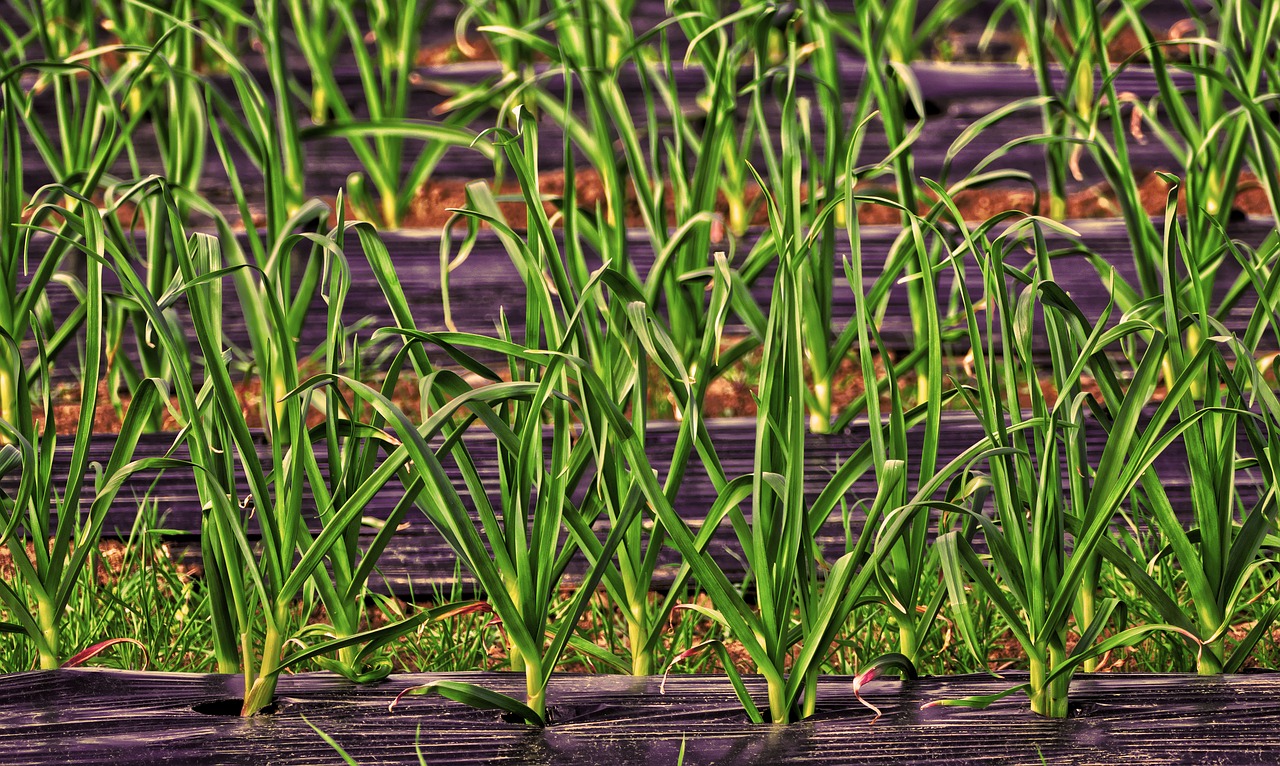
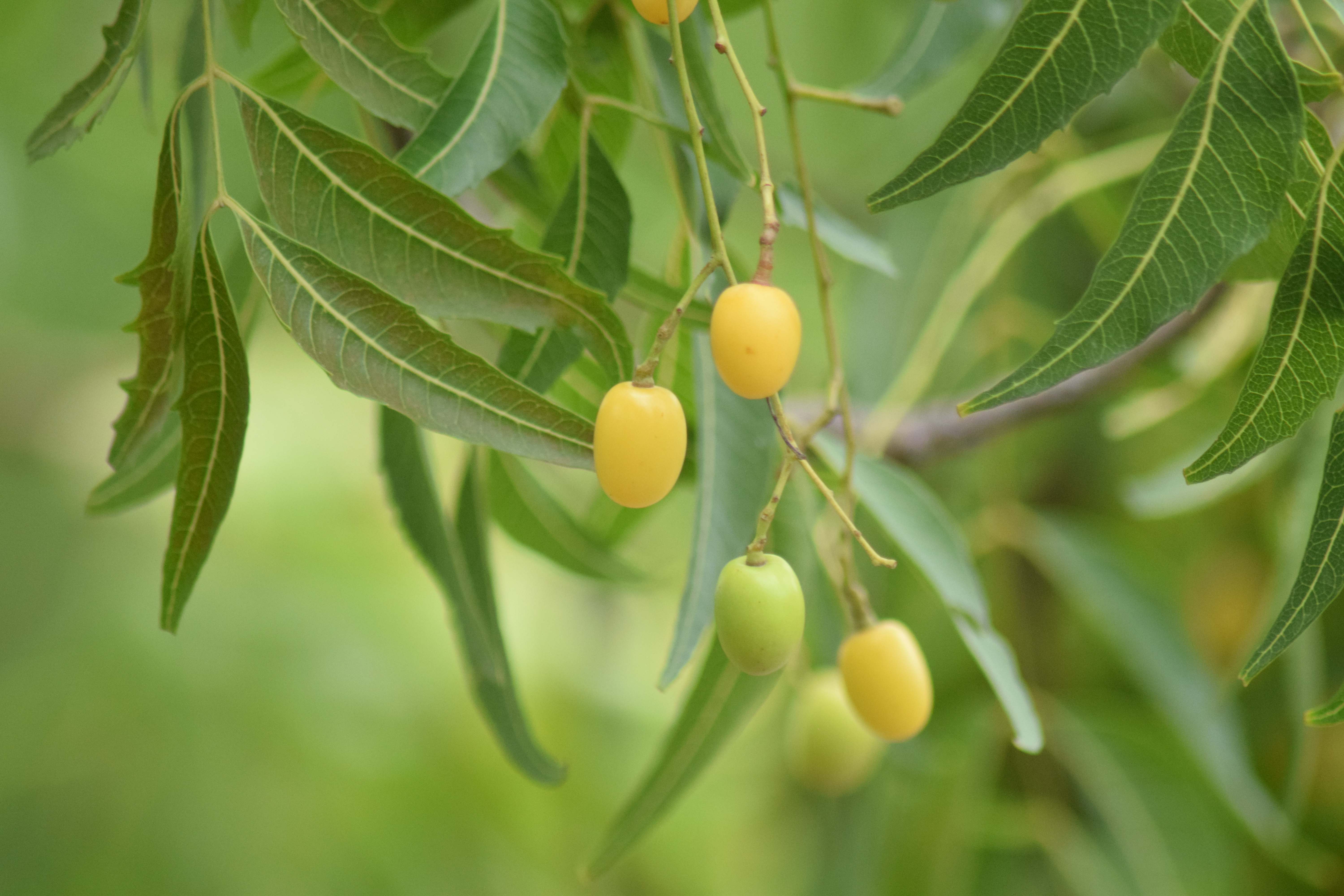

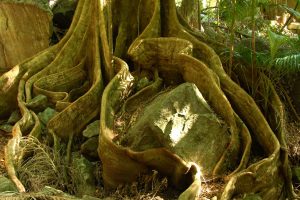

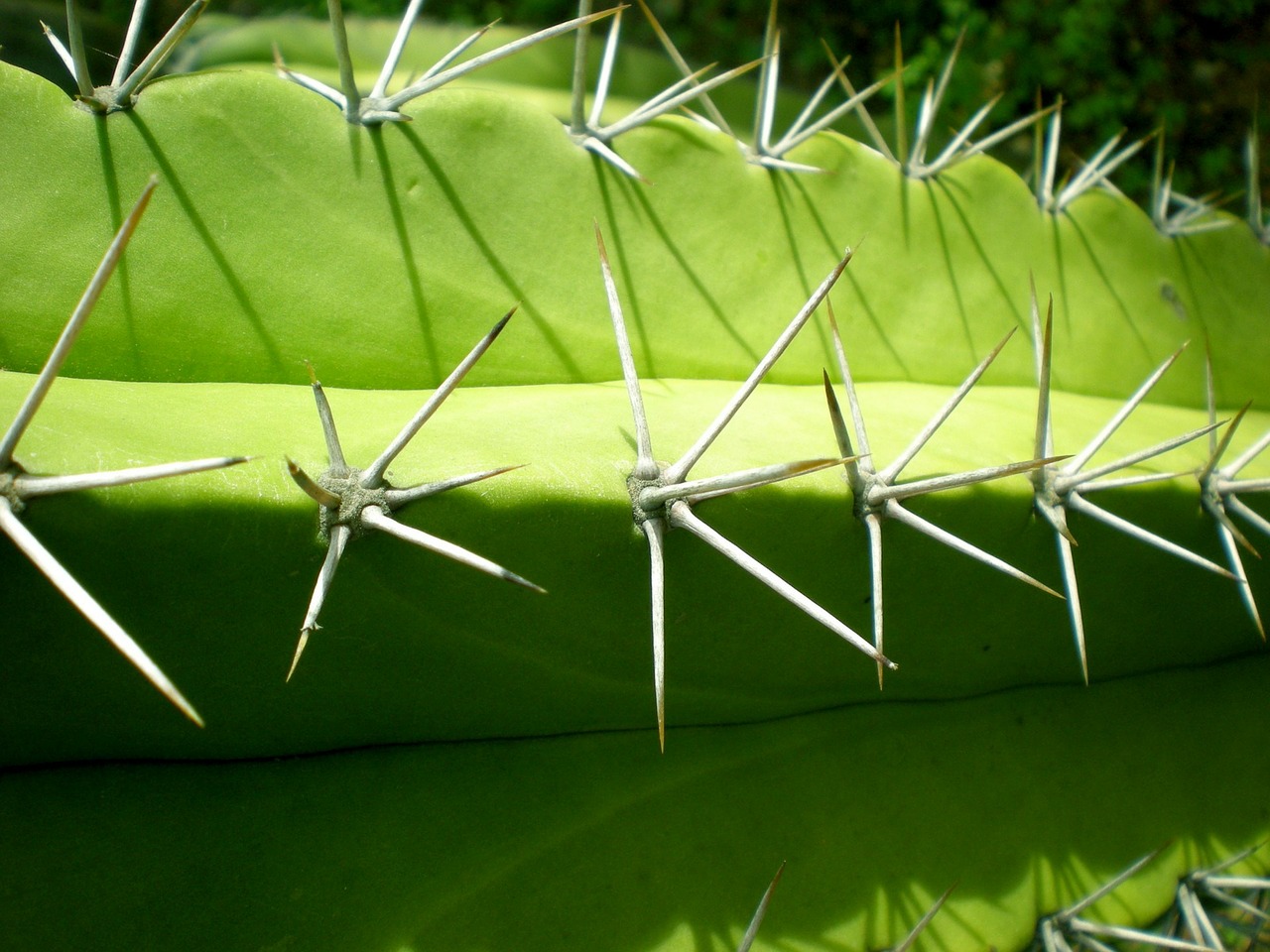
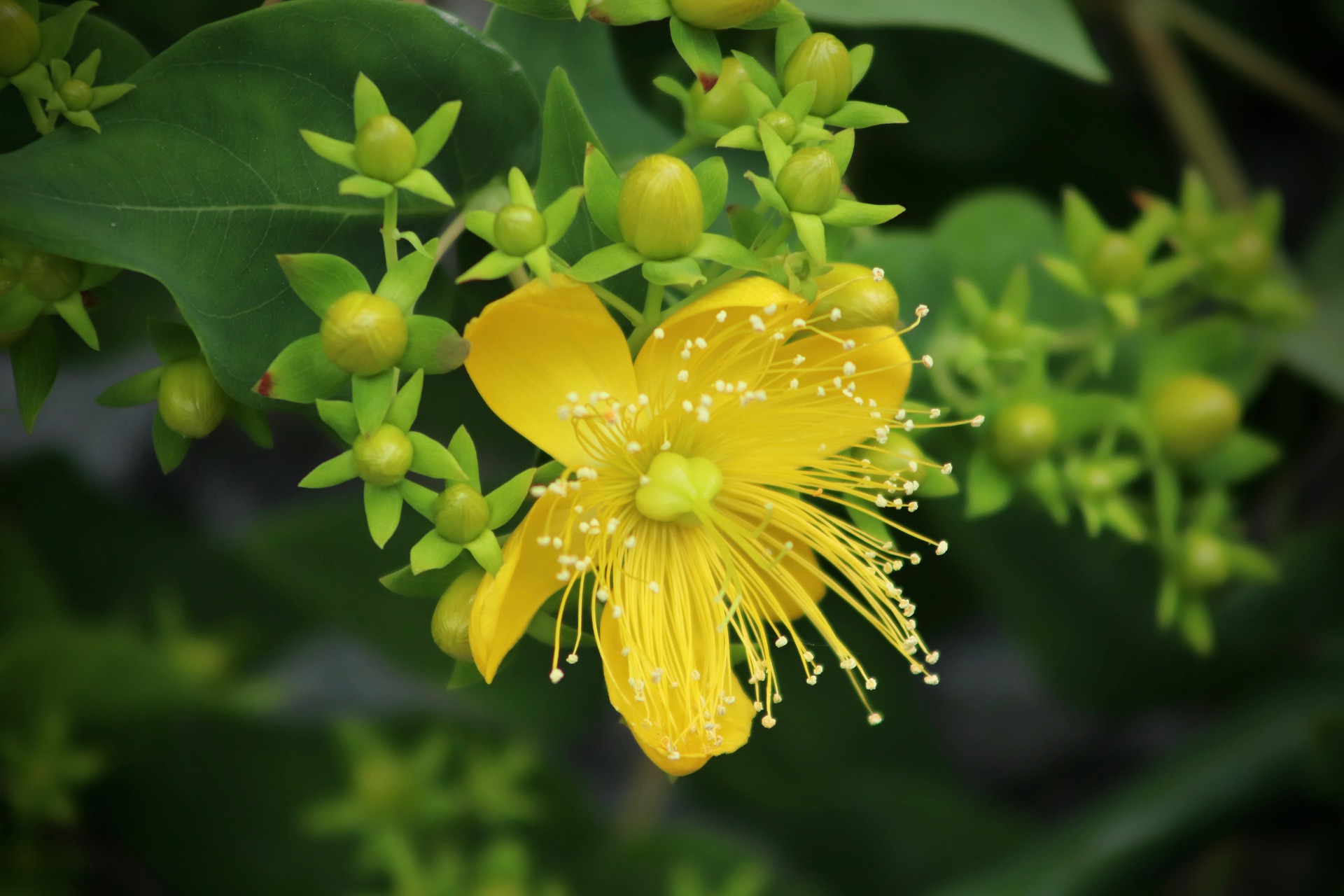
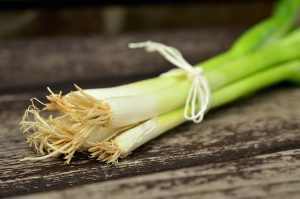
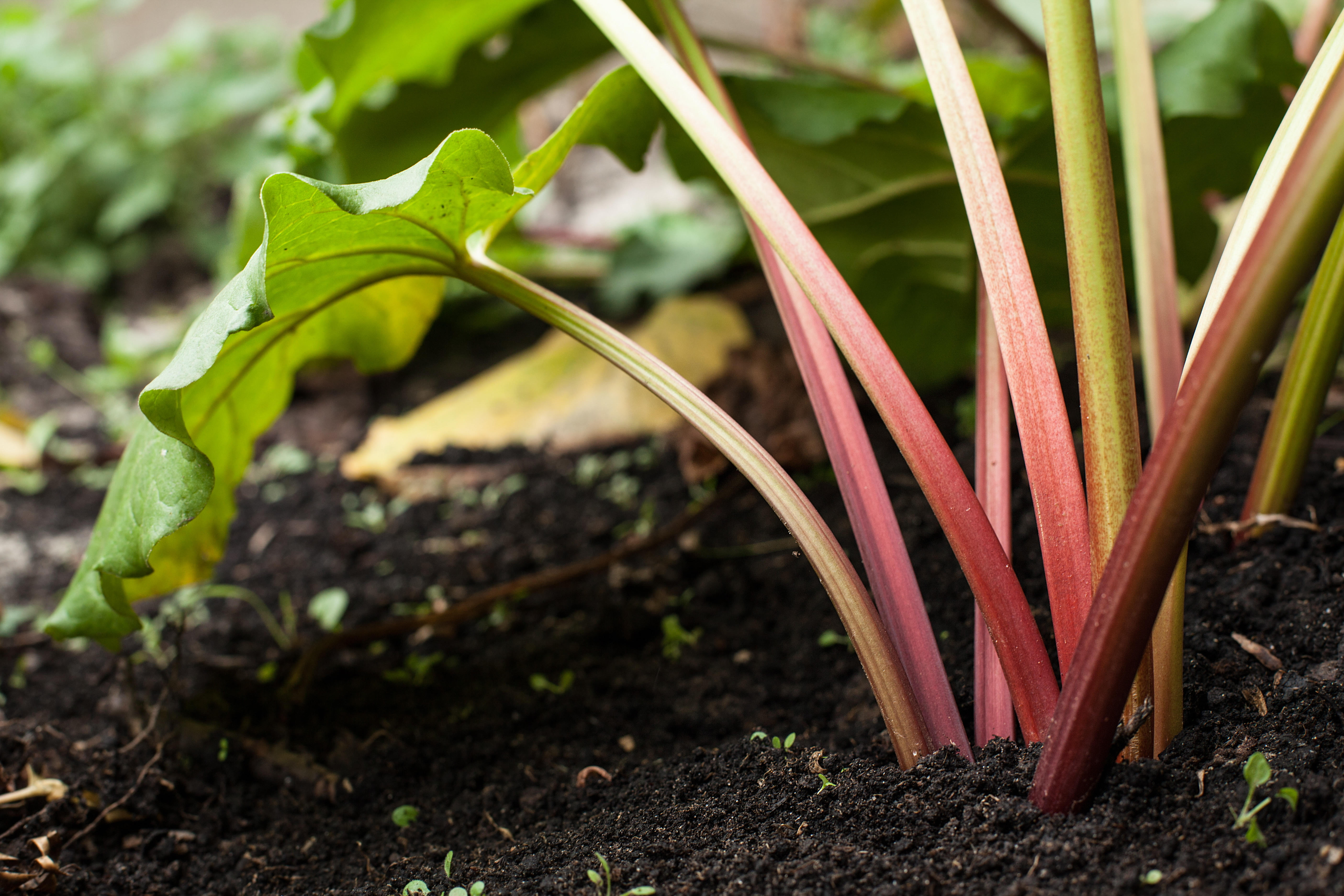
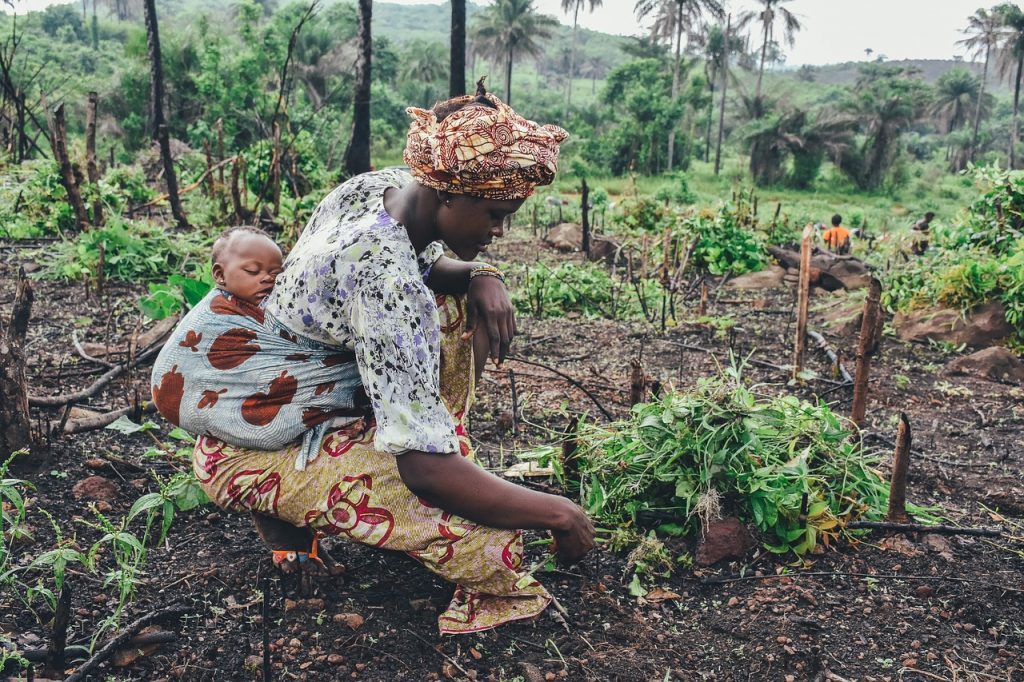
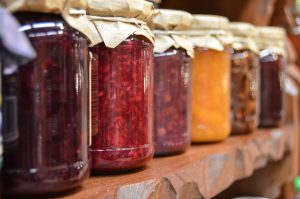
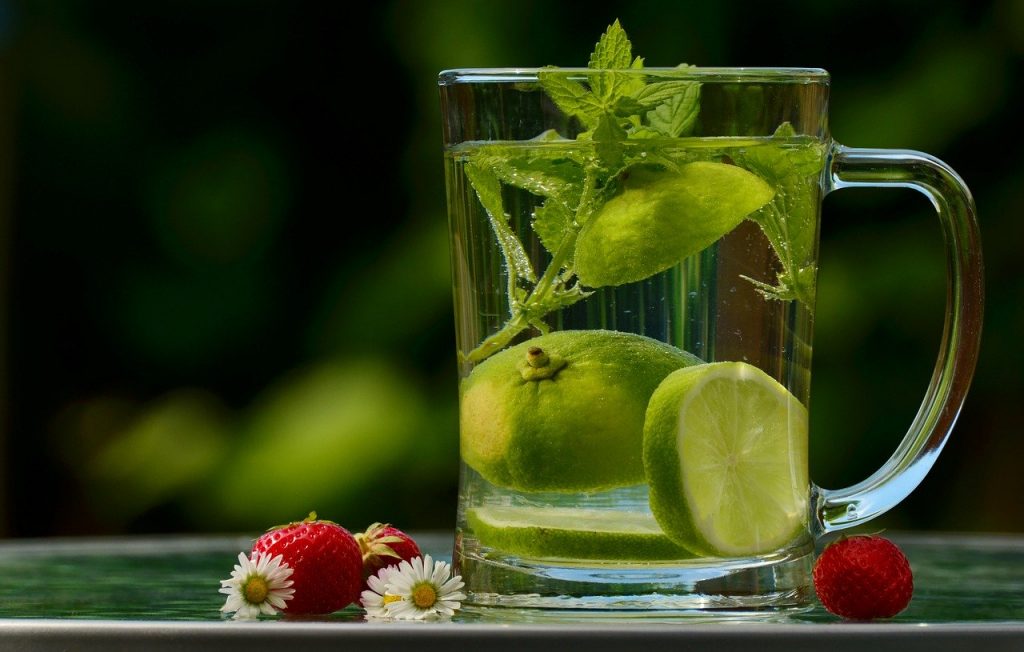
Thats excellent subject discussed…well done